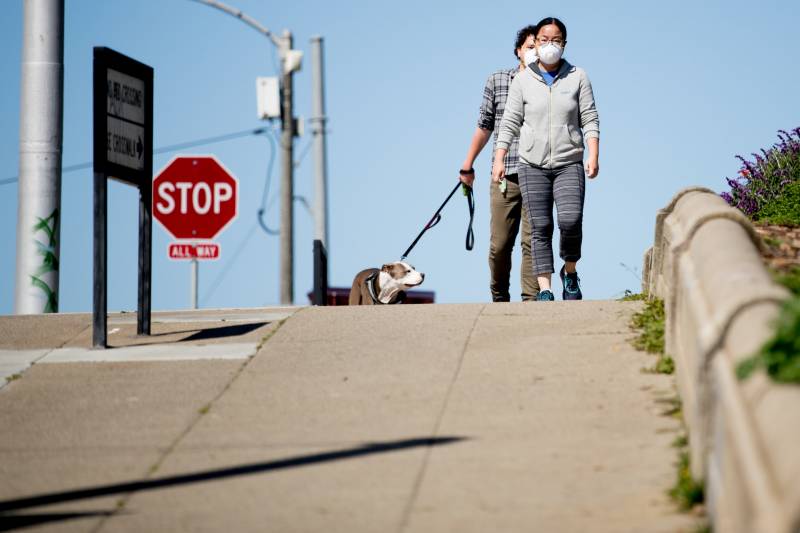Newsom also said that individual counties can apply to move more quickly into the full second phase of the stay-at-home order by providing a plan that the state must approve to minimize the local spread of the virus. The state will publish those plans for public review.
"One thing I know very well, is that many of these counties, regions, have done a ton of work in this space and are already ready to go," he said.
Newsom emphasized, though, the state has power to intervene if these plans do not adequately contain the spread of the virus, and added that counties will also need to provide a strategy to "claw back" if case numbers begin to surge.
The governor also underscored that counties with stricter guidelines, like those in the Bay Area, will be allowed to continue enforcing their regulations.
The new Bay Area shelter-in-place order, which went into effect at 11:59 p.m. on May 3, specifies that residents must comply with the strictest order — be it state or local.
In further explaining the changes, California Department of Public Health Director Dr. Sonia Angell said the data support the easing of restrictions, adding that California will monitor four factors as restrictions ease:
- Ensure the state's ability to care for the sick within hospitals;
- Prevent infection in high-risk populations;
- Build capacity to protect the health and well-being of the public;
- Reduce social, emotional and economic disruptions.
Angell said the state is showing good metrics in key areas, which include stability of hospitalizations, the availability of personal protective equipment and the ability to provide contract tracing and testing.

